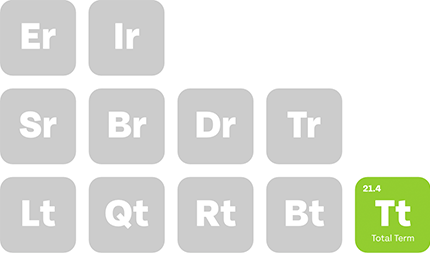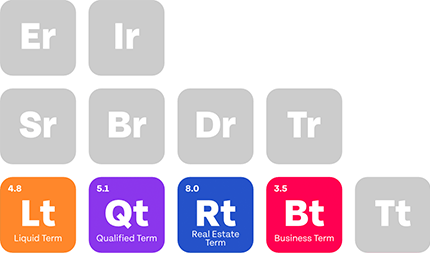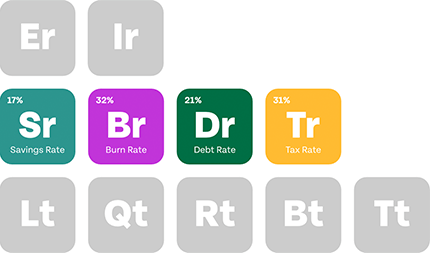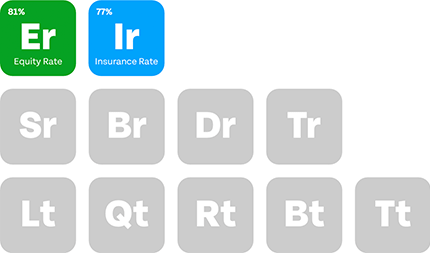Ophthalmologist malpractice insurance premiums can have a significant impact on ophthalmologist salary and take-home earnings. For ophthalmologists, malpractice insurance is a necessary but expensive expense. In some cases, the cost of malpractice insurance can eat into a large portion of an ophthalmologist’s income, especially in areas where malpractice risk is higher.
Key Takeaways
- Malpractice insurance premiums are a major expense for ophthalmologists. Understanding ophthalmologist malpractice insurance cost can help physicians better manage their take-home income..
- Malpractice insurance costs for ophthalmologists can range from a few thousand dollars to over $100,000 per year, depending on factors such as geographic location, specialty, and volume of procedures performed.
- Understanding the factors that drive malpractice insurance costs and taking steps to manage them can help ophthalmologists maximize their take-home salary and protect their earnings.
- Strategies for managing malpractice costs and maximizing ophthalmologist salary include shopping around for the best insurance policy, participating in risk management programs, and working with a financial advisor to manage income and plan for retirement.
Table of Contents
How Ophthalmologist Malpractice Costs Affect Salary
Ophthalmologist malpractice insurance premiums vary based on several factors, including geographic location, medical specialty, and the number and type of procedures performed. For example, ophthalmologists practicing in states with high phthalmologist malpractice insurance premiums, such as California, New York, and Florida, may see a larger portion of their income go toward insurance costs. Similarly, ophthalmologists who perform high-risk procedures or have a history of malpractice claims may also face higher premiums.

In addition to direct costs, malpractice insurance can also impact an ophthalmologist’s salary in indirect ways. Ophthalmologists who work in high-risk specialties or areas may have to factor malpractice insurance costs into their practice overhead, potentially reducing their overall profitability. They may also need to consider the potential costs of legal representation and settlements in the event of a malpractice claim.
According to the American Academy of Ophthalmology (AAO), certain subspecialties and procedures carry higher risk profiles that can influence malpractice costs. Ophthalmology accounts for roughly 2.2% of all malpractice claims, with about 24% of closed claims resulting in payments. The average indemnity paid in ophthalmology cases is around $280,000, with subspecialties such as corneal and vitreoretinal surgery often leading to higher settlements. (Thompson et al., 10-Year Review of Liability Claims in Ophthalmology, AAO EyeNet)
Managing the costs of malpractice insurance and understanding how it affects ophthalmologist salary is essential for maximizing take-home pay and protecting one’s earning potential. Ophthalmologists can consider working with a financial advisor who specializes in medical practices to help them manage malpractice costs and optimize their income.
Factors Contributing to Malpractice Insurance Costs
The following are some of the factors that affect how much you pay for ophthalmologist malpractice insurance:
Geographic Location
The geographic location of an ophthalmologist can significantly impact their malpractice insurance rates. For instance, states like California, New York, and Florida tend to have higher medical malpractice premiums than other states. This is because of the higher cost of living and medical malpractice awards in these states. Therefore, ophthalmologists practicing in these areas may have to pay more for their ophthalmologist malpractice insurance than those in other states.
Type of Practice
The type of practice can also affect the cost of ophthalmologist malpractice insurance. For instance, ophthalmologists who work in private practice may have to pay higher premiums than those working in a hospital or academic setting. This is because private practices tend to have higher claims rates than other practice types. Additionally, ophthalmologists who perform more complex or invasive procedures may also face higher premiums.
Procedure Volume and Specialization
The volume and type of procedures an ophthalmologist performs can also impact their malpractice insurance rates. For example, ophthalmologists who specialize in high-risk areas like retina or glaucoma may face higher premiums than those in low-risk specialties. This is because these specialists are more likely to experience complications or other issues that could lead to malpractice claims.
Claims History
An ophthalmologist’s claims history is also a factor that insurance companies consider when determining malpractice insurance rates. If an ophthalmologist has a history of malpractice claims, they are more likely to face higher premiums than those with a clean claims history. Insurance companies may also charge higher rates to ophthalmologists who have been the subject of medical malpractice investigations or lawsuits.

Strategies to Manage Ophthalmologist Malpractice Insurance and Maximize Salary
Managing the cost of malpractice insurance can be a major challenge for some eye doctors. One way to address this issue is to carefully evaluate your ophthalmologist malpractice insurance policy and ensure it provides the appropriate level of coverage for your practice. It’s also important to compare quotes from multiple insurance providers to make sure you’re getting the best possible rate.
Another strategy is to take steps to reduce your risk of malpractice claims. This might include implementing a patient safety and quality assurance program, improving communication with patients and colleagues, and keeping up-to-date on the latest developments in ophthalmology practice. Additionally, ophthalmologists can consider working with a professional liability insurance broker or risk management consultant who can help them identify and mitigate potential risks.
Optimizing Your Ophthalmologist Salary Despite Malpractice Insurance Costs
Managing the cost of ophthalmologist malpractice insurance is critical for eye doctors looking to maximize their take-home salary. Strategies for managing malpractice insurance costs include shopping around for the best policy, working with a risk management consultant, and taking steps to minimize the risk of claims.
Working with a financial advisor who specializes in ophthalmology practices can also help ophthalmologists optimize their income and protect their earnings from the potentially significant expenses associated with malpractice insurance. Contact Physicians Thrive today to learn more about how we can help you maximize your ophthalmologist malpractice insurance effectively.








































